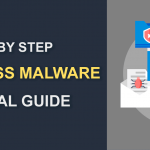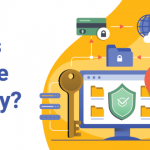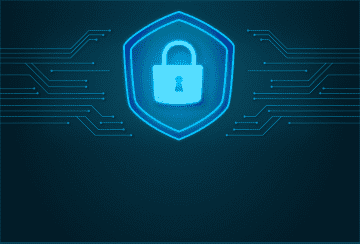3 Ways To Spot Malicious Websites
September 15, 2021 | By Admin

How to Spot a Malicious Website?
Phishing scams have brought in serious concerns as hackers use them to steal information by diverting users to malicious websites. Phishing scams use attractive advertisements as bait that is too good to believe, while the users get tricked into clicking such advertisement links and get directed to malicious websites.
With curiosity gushing in, most of us click on the malicious link or attachment and later realize that the mail containing the link/attachment is a scam. The result of which would be giving away information to the malware author and hence loss of data, or it might be used to find security vulnerabilities of the software in the computer, for the software authors to install virus without our consent.
How to Identify Malicious Websites
In this article, we would be discussing the tell-tale signs of how the malicious website infects in the most unexpected ways.
1. ENCRYPTION
The most common of all is using a fake banking site. Hackers use robust methods to steal the code of the original bank page so as to make the fake site resemble the same. In this way when any of us try and log in to the genuine-looking malicious website, the hacker gains access to all the login information and there we go with our credit in jeopardy.
Enough said we remind you once again never to click on any link or attachment. It is highly recommended to manually type the website address in the address bar, this not only prevents you from entering malicious websites but also saves you from losing sensitive data.
It is also wise to check the address bar of the browser to ensure that you are in the right place. For example, for GOOGLE it should be "www.google.com" and not "www.g00gle.com"
Banking sites should comply with security policies and so the address should ideally start with "https://" and there should be a visual cue to ensure website security. Most of the sites, start loading encryption a little later, so ideally this would not be an instant solution to verify if the website is malicious or not.
2. PRESENTATION
As you enter the website, see the content, layout, and overall presentation of the website. Not all websites are cloned well to mimic the authenticity of the original ones. Hackers who run on a low budget to bring out a decent-looking website, however, come up with a low-quality presentation, bad layout, terrible grammar issues, and spelling errors. This is the time, you pause and exit the malicious website
3. CONTENT
Have a closer look at the content and the intentions of the websites. Check if the website requests you to do a survey, download a program, or share any information so they assure you to send some money. Remember, nothing comes for free and no one would be interested to give you money on goodwill so you can be sure that the website is trying to impose an attack.
Sometimes, hackers take software from the internet that is free and add malicious content to it, and put them on any of the generic websites. People not knowing this, randomly pick up and download such infected software from any generic site, assuming it to be real.
You will also be forced into downloading software, they kindle the curiosity in you to see videos by giving exaggerating views about the video. So if you are desperate to watch the video, you would have to download the latest update which would carry the infectious malware. So it is good to be wary of such updates and therefore watch videos on genuine video channels like youtube.
Last but the most important of all is that most of us get drawn towards the caption "FREE", eg: Free gift vouchers, free car. Remember to ignore free deals that are too good to be true as nothing comes for free.
Stay away from Malware Interference
Keep your software up to date with the latest patch fixes to avoid malware interference
Disable the software from running automatically
So it is better to understand how to identify if the email is genuine or malware intended.
Related Resource
Protect your website from a bot hack

 (20 votes, average: 4.55 out of 5)
(20 votes, average: 4.55 out of 5)









